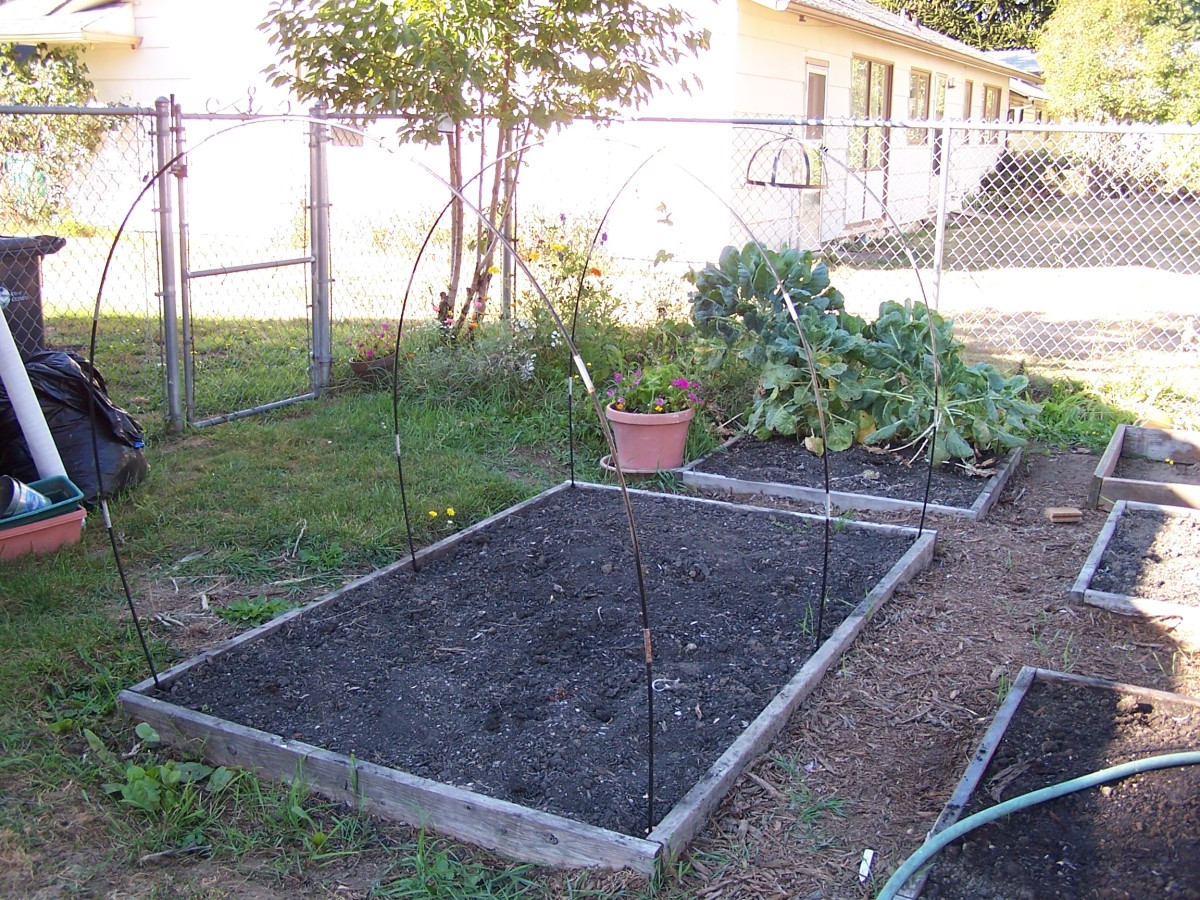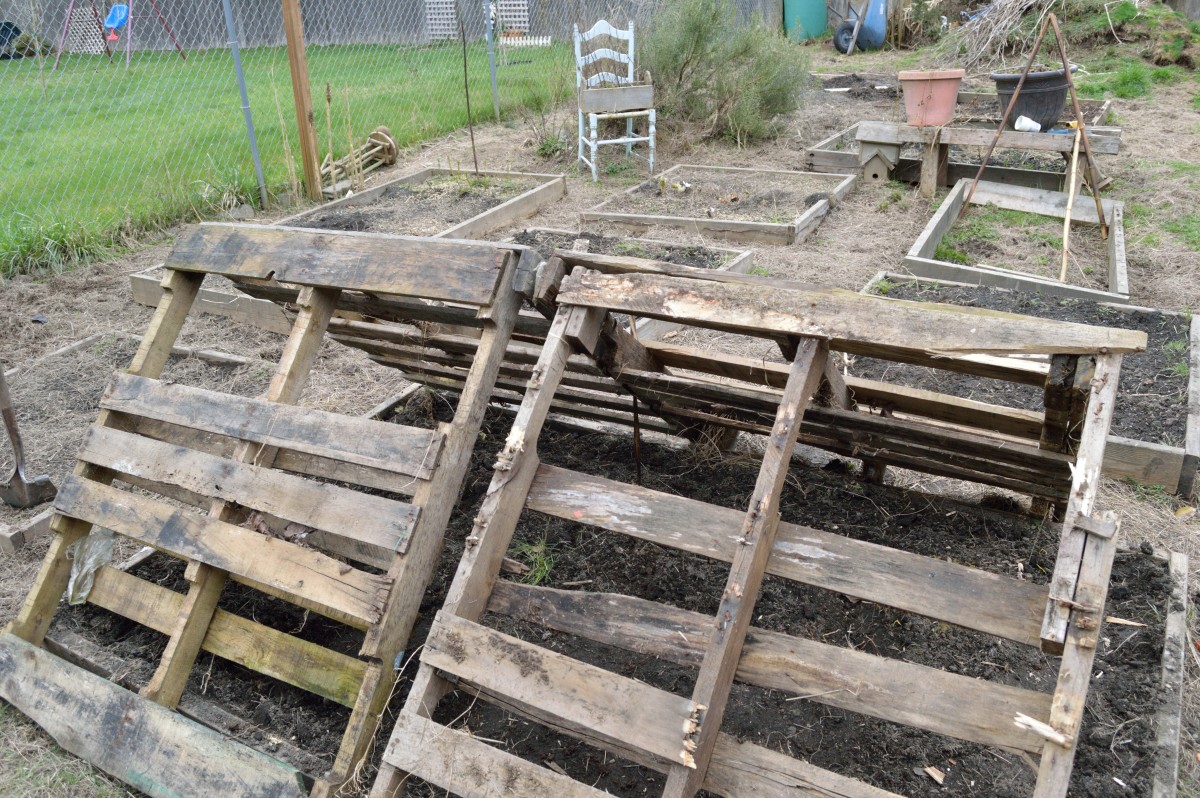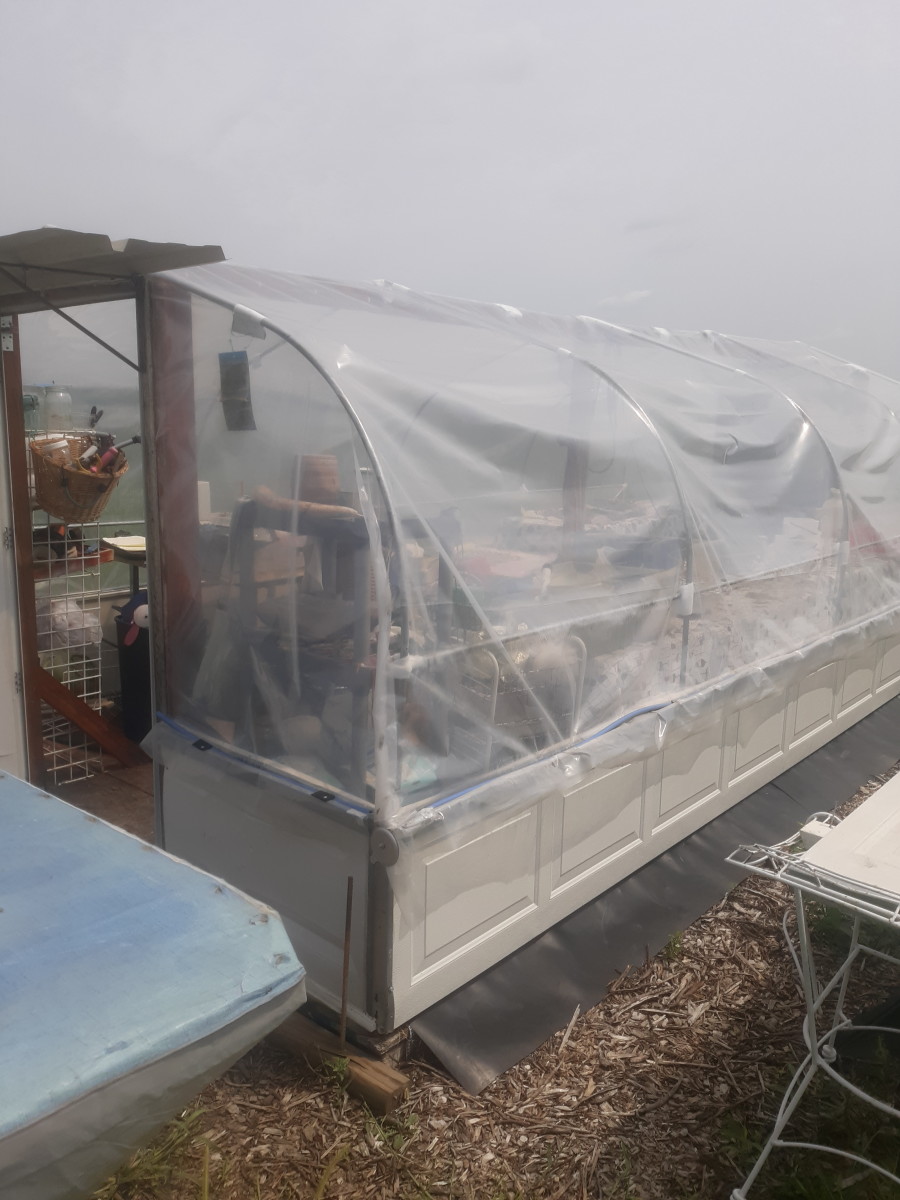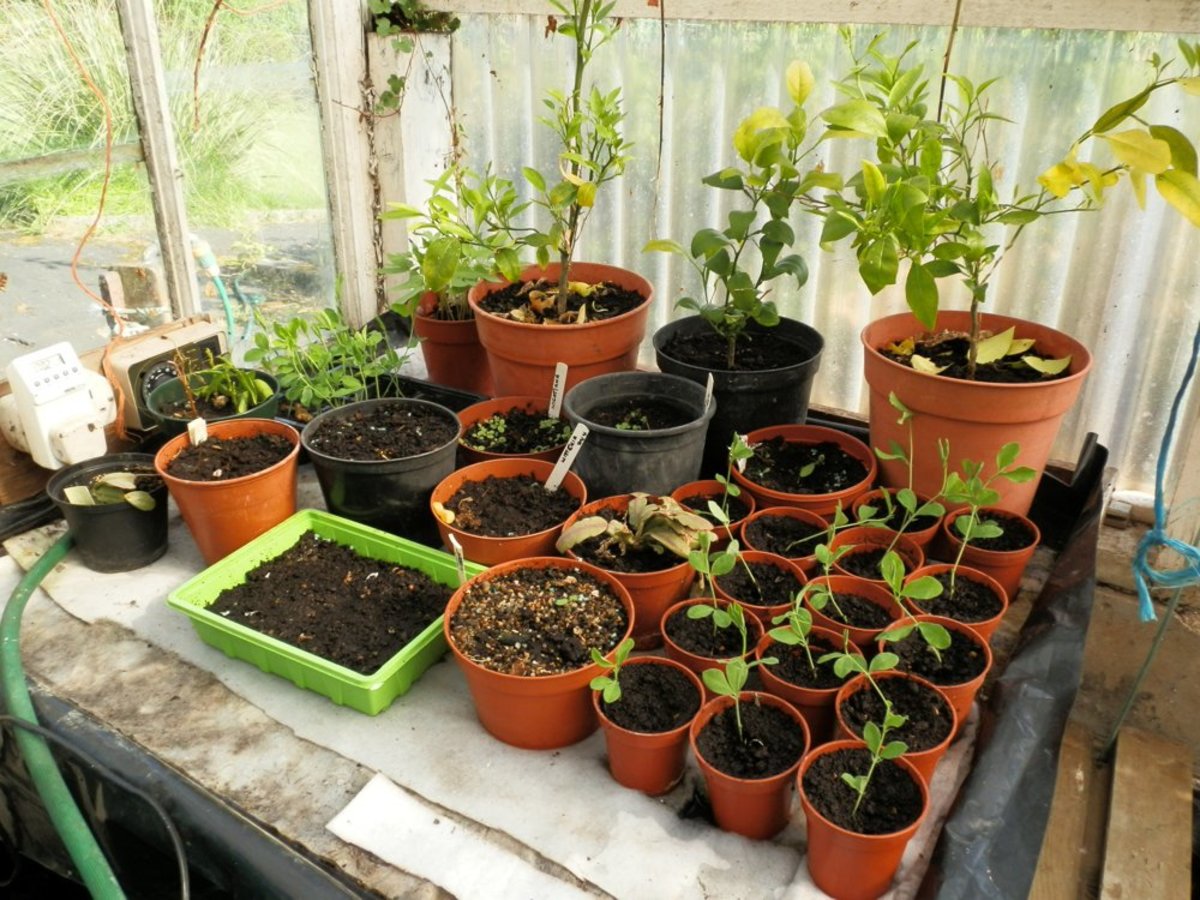How Do Greenhouses Work?
One of the first structures for growing plants was the specularium, glazed with mica, built for the Roman emperor Nero in the 1st century A.D. for the cultivation of cucumbers during winter months. One of the earliest greenhouses, in the modern sense, was built at the botanical garden in Leiden, Holland, by the French botanist Jules Charles de Lecluse in 1599 for the cultivation of tropical plants of possible medicinal value. These plants, including tamarind and datura, were collected by him on a trip to India.
As greenhouses became popular in Europe, favorite crops were pineapples, peaches, and grapes; they were grown in greenhouses built against masonry walls. Heat was provided through flues built into the walls or by flue tiles laid beneath the soil.
The first greenhouse in America was erected by Andrew Faneuil, a wealthy Boston merchant, before 1737. Many early American greenhouses had glass walls and opaque roofs; they served as orangeries where citrus trees in tubs were given protection in the winter. As flat glass became less expensive, glass roofs became more common, and the buildings evolved into the modern forms of the greenhouse.
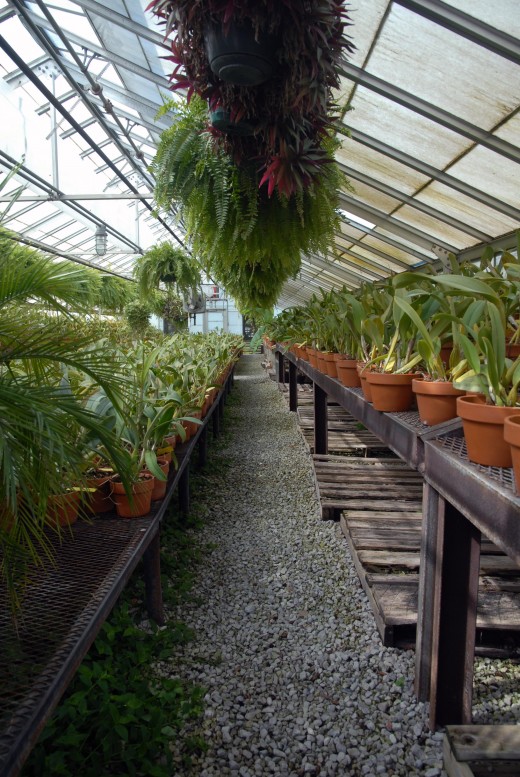
Greenhouse Design
Two designs are commonly used for hobby greenhouses. The even-span greenhouse has an A- or tent-shaped roof, and the lean-to greenhouse has only one slope, which is built against a building. A commercial greenhouse usually has an even-span design, often about 50 feet (15 meters) wide and several hundred feet long. The structure either stands alone or several are set side by side with no side walls between them.
Several experimental designs for greenhouses are under study. The Climarron at the Missouri Botanical Garden is a dome-shaped geodesic structure; a tower greenhouse in Vienna uses a conveyor system to expose all plants to equal light; and a greenhouse at the Royal Botanic Garden in Edinburgh has a scaffoldlike framework on the outside of the glass.
Framework, Roof, and Sides. A greenhouse framework is made of galvanized steel, aluminum, or wood—chiefly redwood or cypress. Most greenhouses are glazed with double-thick glass, but a growing number are covered with plastic film or rigid plastic.
Glass has excellent light transmission and long life, but it has to be reset occasionally and it is subject to breakage. In regions where ^hail-storms are common many glass roofs are protected by wire netting.
Inexpensive polyethylene film, which is used for temporary greenhouses, has a useful life of only six months, and a vinyl film (polyvinyl chloride) lasts about one year. Mylar polyester is a tough clear film with a life expectancy of several years. Rigid plastic, either fiber glass or polyvinyl chloride, is relatively permanent. Plastic-covered greenhouses are tighter than glass houses and require less fuel for heat. If a second layer of plastic is placed inside the greenhouse framework, a fuel saving of approximately 40% can be achieved. However, plastics used in greenhouses are combustible and are often not transparent.
Heat and Ventilation
Commercial greenhouses usually are heated by steam, hot-water, or hot-air systems. Hobby greenhouses are often heated by extending the hot-water or hot-air circulating system used for home heating. Separate small hot-water and hot-air units and electric heaters are available for the home greenhouse.
Much heat, even during winter, comes from the sun. Overheating inside the greenhouse is prevented by opening manually or automatically operated ventilators located in the side walls and at the roof edge. Many new structures do not have roof ventilators; instead, they have forced ventilation provided by fans.
During hot weather, air is drawn into a greenhouse through pads of wet excelsior; this raises the humidity and lowers the temperature to levels that permit plants to be grown during the hottest months of the year. Compact commercial cooling units also are used in hobby greenhouses during the summer.
Shade
Certain plants, including most orchids and gesnerads (African violet, gloxinia, and related genera), require shade during all or part of the year; this can be provided by applying a shading compound to the outside of the glass or by covering the glass with lath or Saran roller shades. One useful shading compound is a thin mixture of gasoline and whiting.
Plants Suited for Greenhouse Culture. Greenhouse plants can be divided into two broad categories: those that need a warm nighttime temperature, and those that need a cool nighttime temperature. As desired, one can have a cool greenhouse (40-45°F at night), a warm greenhouse, or hothouse (60-65°F at night), or a greenhouse divided into two temperature zones by the use of a glass or plastic partition.
Plants that thrive in a cool greenhouse include acacia, anemone, azalea, cactus, calceolaria, calendula, camellia, carnation, chrysanthemum, cineraria, cyclamen, cymbidium, daffodil, fig, freesia, fuchsia, geranium, hyacinth, hydrangea, iris, lily, marigold, marguerite, nasturtium, oxalis, petunia, poinsettia, primrose, ranunculus, snapdragon, stock, sweet pea, and tulip.
Plants that need a warm greenhouse include achimenes, African violet, allamanda, amaryllis, banana, begonia, bird-of-paradise flower, bou-gainvillea, bromeliads, caladium, clerodendron, clivia, coleus, croton, eucharis lily, ferns, gardenia, gloxinia, hibiscus, oleander, many kinds of orchids, palm, rose, shrimp plant, stephanotis, and many tropical foliage plants.
Few hobby greenhouses are devoted to vegetable culture (except for starting seedlings), but commercial greenhouses in the United States and in Europe produce large quantities of tomatoes, cucumbers, and lettuce.
This content is accurate and true to the best of the author’s knowledge and is not meant to substitute for formal and individualized advice from a qualified professional.
© 2010 Bits-n-Pieces

